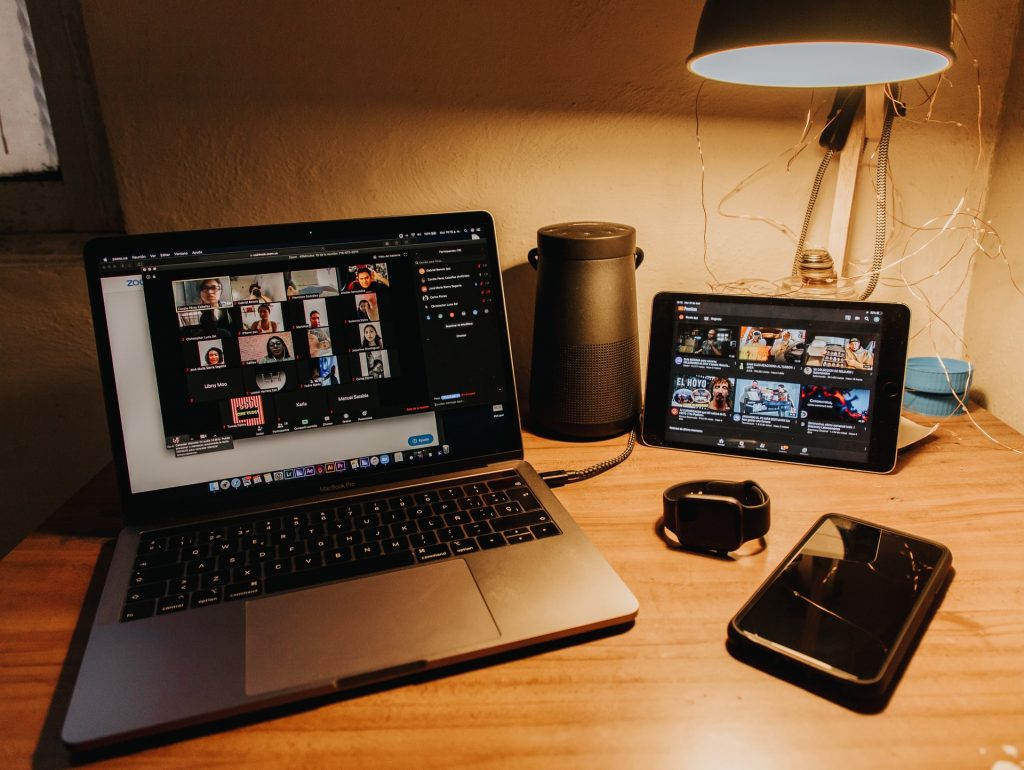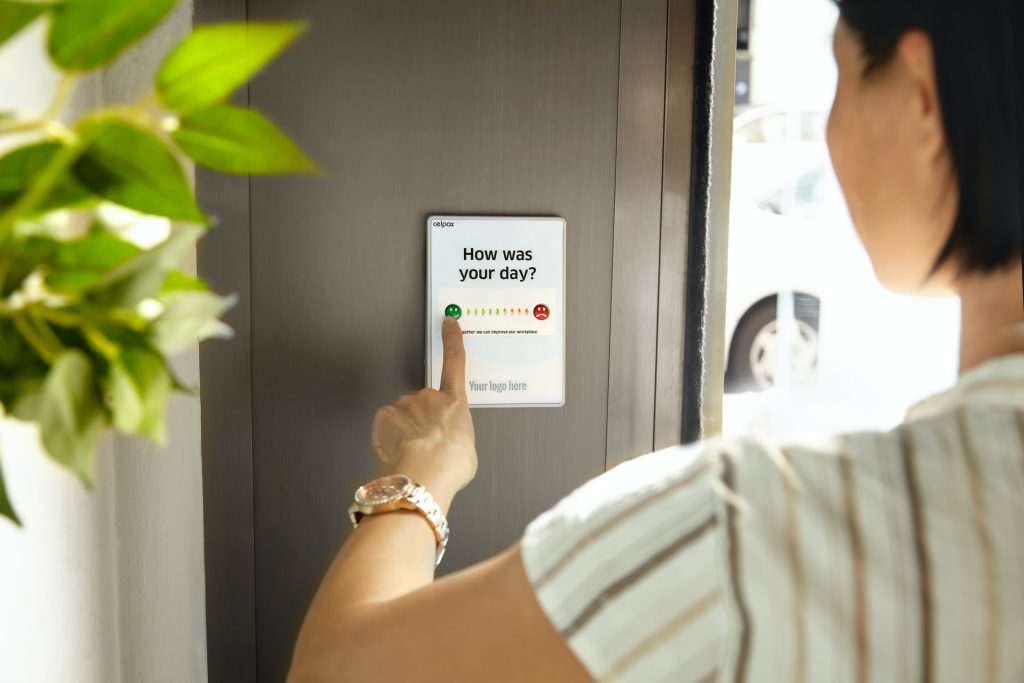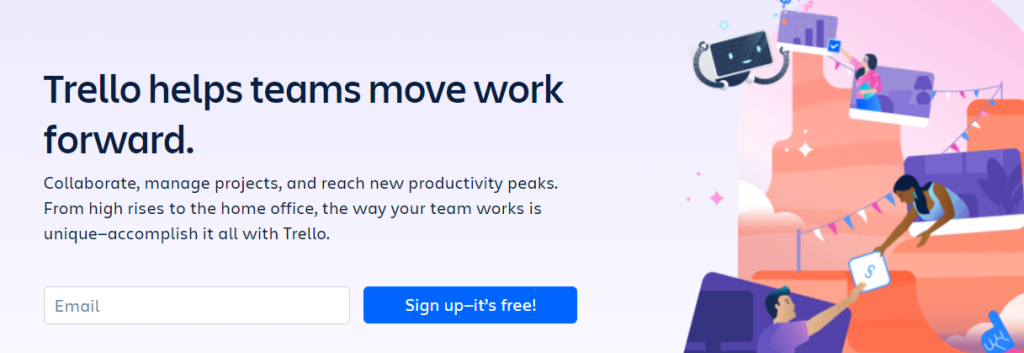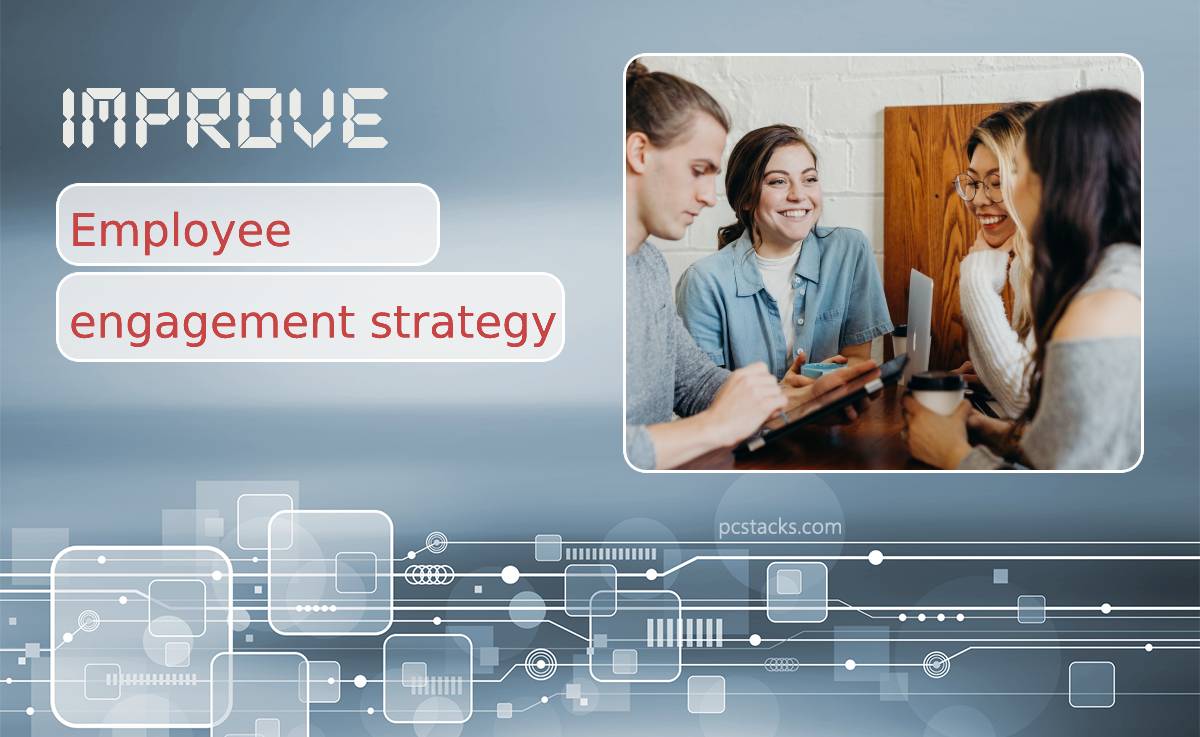2022 is just around the corner, and many companies worldwide are re-assessing their employee engagement strategies and the way they are working. Numerous companies are looking at shifting to a four-day workweek, while others incorporate a work-from-home strategy.
With HR practices shifting so remarkably and swiftly lately, you might find it challenging to keep up with what is happening. You might also be concerned about not effectively engaging your employees if they are working from home more frequently. Alternatively, you might be concerned about productivity as office hours decrease.
As a result, we thought that we would look at some of the ways you can keep your employees engaged and productive at all times. Whether they are working from home or you have introduced a shorter working week, there are a few tools and platforms that can help you. So, let’s get straight in.
Table of Contents
Increase Engagement With Virtual Events

Company socials are crucial for team building, interaction, and interpersonal relations. Since COVID-19 first took the world by storm, Zoom meetings, Teams meetings, and video conferencing have increased significantly. But, what a lot of companies have missed out on is non-work, after-hour company engagement.
Many companies organize a virtual happy hour with their employees to increase employee engagement and between teams. After-work activities like after-work drinks have been proven to raise morale, create unity within teams and ensure that team members get to know each other outside of the working environment.
With COVID-19, these activities could not occur, and many companies decided to take it online. Luckily, several brands came to the party, literally, and introduced cocktail kits and various activity kits that could be sent to each participating employee. It’s a great way of making sure the employees participate and look forward to these events.
Employees claim that general recognition and appreciation for their efforts is second to a paycheck in keeping them loyal to their brand and company. So, take time to recognize your employees. Consider having a virtual month-end recognition virtual event every month.
Conduct Regular Check-Ins With Your Employees

Many companies overlook how important it is to check in on employee satisfaction regularly. Generally, companies focus more on one-on-one meetings to discuss their progress and conduct evaluations. But the fact of the matter is that more companies need to step back and find out how the employee feels about the company and what suggestions they have.
Employee feedback can also be crucial for your business as your employees are usually face-to-face with your customers. A great way of doing this is by sending out employee engagement surveys to fill out anonymously. Here, you can ascertain whether they are satisfied with their working environment, understand what areas need to be improved upon, and pinpoint the problem areas in your business.
Their direct engagement with customers gives them immediate insight into what they want and need and what they expect from your company. Provide your employee a platform to discuss this directly with you and provide you with this valuable information. Many companies have created new strategies and mapped out new products and services based directly on their customers’ wants. So, keep this open.
Provide Them With Collaborative Tools and Platforms
Having a firm hold of project status can be tough with so many employees working remotely. Luckily, there are many tools for you to integrate into your daily operations that make engagement, interaction, communication, and tracking of projects that much easier.
If you are looking for real-time communication with your employees, Slack is a great tool. It allows individuals to contact each other directly and teams to communicate internally. You can also have company-wide channels which enable you to send mass, real-time messages to your company.
Platforms like monday.com and Trello are great solutions to monitor and track projects and tasks. They allow you to create projects, tasks within projects and allocate these to teams or individuals. You can then monitor their status, set deadlines, and add vital files and information to each.

The tools also allow you to integrate other tools into them. So, you will be able to integrate Slack into Trello or monday.com, for example. It will set alerts and notifications in Slack when a new task is created or when changes are made. You can also ask direct questions or do follow-ups on the engagement tool.
The Bottom Line
To summarize, it is essential to know that your employee has changed remarkably in the last two years. It has been proven in most companies that you can work remotely and from home. The pandemic has also proven the value of employees and the necessity of companies being flexible and understanding.
Employee satisfaction is now more critical than ever, and HR has had to pivot to cater to a more discerning employee rapidly. So, it is well worth your time engaging with your employees and ascertaining what they need to be more satisfied. Remember, a satisfied employee is a productive employee.




